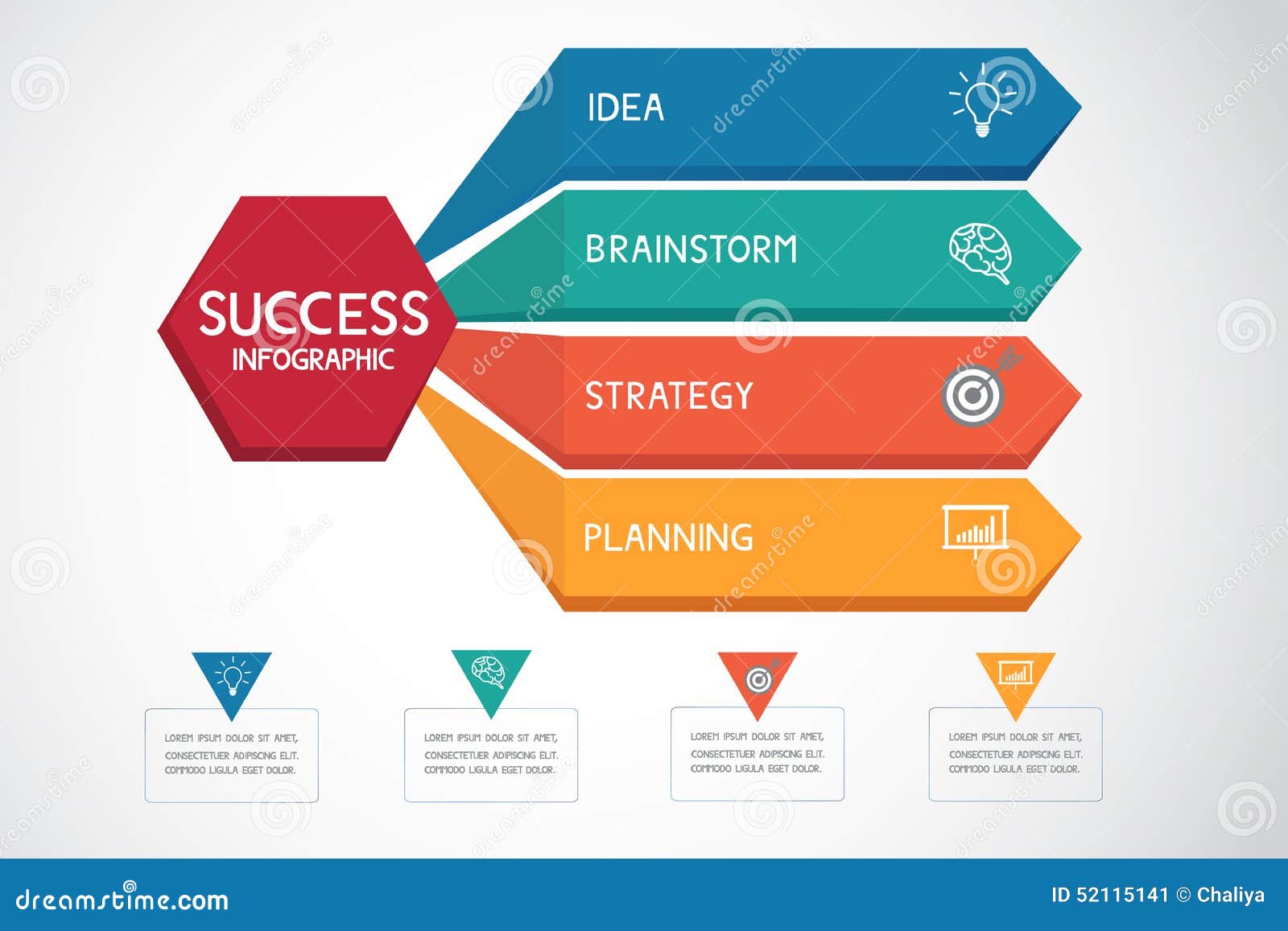The Advancement Of Web Site Layout: From Past To Present
The Advancement Of Web Site Layout: From Past To Present
Blog Article
Post Written By-Rasmussen Clarke
In the past, web sites were basic and concentrated on details. Navigation was straight, and design was for desktops. Currently, individual experience is key. Data overviews layouts for simple navigating. Responsive formats suit different devices. Today, dark setting minimizes stress, and minimalist menus enhance navigating. Interactive attributes involve individuals, and bold visuals stick out. AI assimilation improves interaction. See exactly how design has developed to enhance your on the internet journey.
Early Days of Web Design
In the very early days of web design, simplicity reigned supreme. Internet sites were standard, with restricted shades, font styles, and layouts. The focus was on giving details rather than showy visuals. Users accessed the net through slow-moving dial-up links, so rate and capability were vital.
related web site were straightforward, usually located at the top or side of the page. Websites were designed for desktop computers, as mobile surfing wasn't yet prevalent. Material was king, and designers prioritized very easy readability over complicated design elements.
HTML was the primary coding language made use of, and designers needed to function within its restraints. Computer animations and interactive functions were marginal compared to today's requirements. Web sites were static, with little vibrant material or customized user experiences.
Increase of User-Focused Layout
With the advancement of website style, a change in the direction of user-focused layout principles has actually become progressively famous. Today, creating websites that prioritize user experience is critical for involving site visitors and achieving service goals. User-focused design includes recognizing the requirements, preferences, and habits of your target audience to customize the web site's design, web content, and includes accordingly.
Designers currently perform thorough research, such as individual surveys and usability testing, to gather insights and comments straight from customers. This data-driven technique aids in producing intuitive navigating, clear calls-to-action, and visually appealing interfaces that resonate with visitors. By positioning the user at the facility of the design process, sites can deliver a more individualized and satisfying experience.
Responsive style has also become a vital facet of user-focused style, making sure that sites are optimized for different gadgets and display dimensions. This flexibility enhances ease of access and usability, accommodating the varied means individuals interact with websites today. Essentially, the rise of user-focused style symbolizes a shift in the direction of creating digital experiences that prioritize the needs and assumptions of the end customer.
Modern Trends in Website Design
Explore the most recent fads shaping website design today. One famous pattern is dark setting style, offering a smooth and contemporary appearance while reducing eye stress in low-light settings. Another key trend is minimalist navigating, streamlining menus and enhancing user experience by concentrating on essential elements. Incorporating micro-interactions, such as animated buttons or scrolling results, can develop a more engaging and interactive site. Receptive style stays vital, ensuring smooth customer experiences throughout different tools. Additionally, using strong typography and unbalanced layouts can add aesthetic rate of interest and accentuate details content.
Incorporating AI innovation, like chatbots for client assistance or tailored suggestions, boosts user engagement and improves procedures. Ease of access has additionally end up being a significant trend, with developers prioritizing comprehensive style practices to deal with varied user needs. Welcoming sustainability by optimizing site efficiency for speed and performance is another arising fad in website design. Working together with customer responses and information analytics to iterate and boost style constantly is crucial for staying pertinent in the ever-evolving electronic landscape. By welcoming these contemporary patterns, you can produce a visually attractive, easy to use web site that reverberates with your audience.
Verdict
As you review the development of internet site layout from the very early days to now, you can see just how user-focused layout has actually become the driving pressure behind contemporary trends.
Accept the trip of adjustment and adjustment in web design, always maintaining the individual experience at the leading edge.
Keep present with the most up to date patterns and modern technologies, and never ever stop evolving your approach to create visually magnificent and user-friendly websites.
Progress, adapt, and produce - the future of website design is in your hands.
